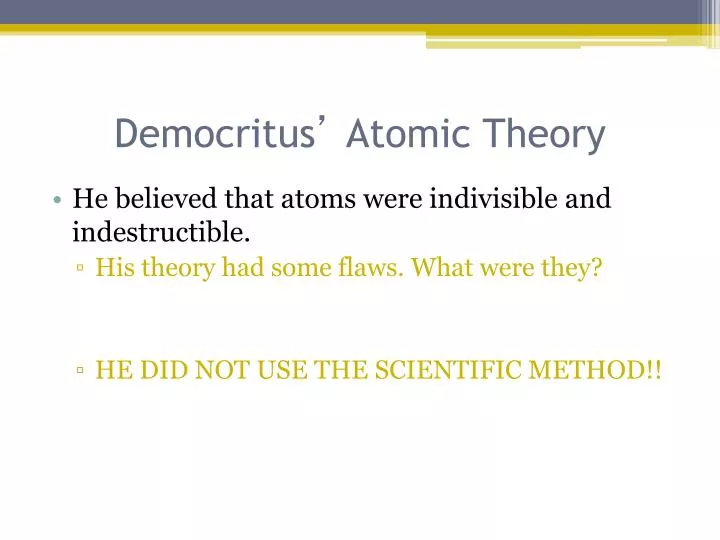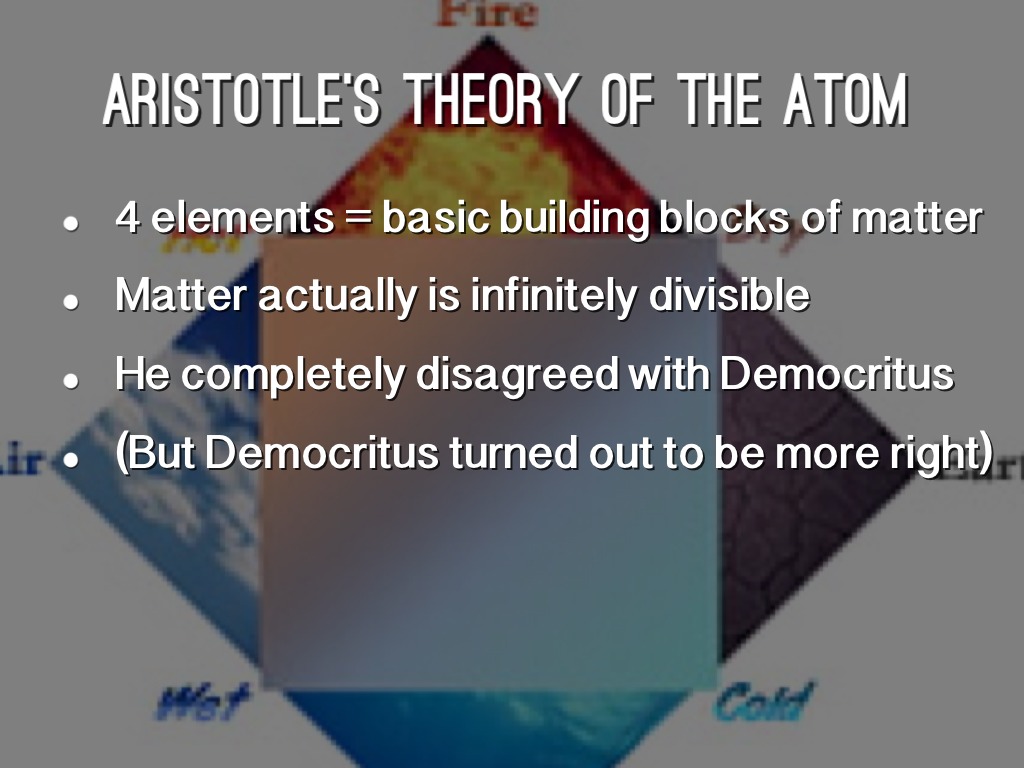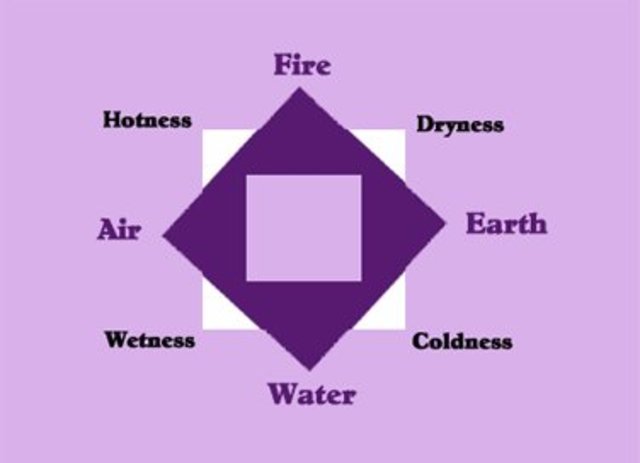

In that sense, no, by nature, a molecule can not be formed from a single atom. Question 1: Whether it is possible that a molecule is made up of a single atom?Īn electrically neutral group of two or more atoms held together by chemical bonds is the most basic definition of molecule. But, it is known that even atoms of different element can have same masses just like isobars.

Dalton states that atoms of a given element have exactly the same masses.

Dalton states that atoms are indivisible that they can be further divided into electron, proton and neutron.doesn’t violate the law of multiple proportions, the law of conservation of mass, and the law of constant proportions. Dalton’s theory provides a basic idea to differentiate between elements and compounds.They simply rearrange to form a new compound. Using our salt example again, when sodium combines with chlorine to make salt, both the sodium and chlorine atoms still exist. A chemical reaction is a rearrangement of atoms: In the last postulate, Dalton suggested that chemical reactions neither destroy and nor create atoms.When they react, the atoms combine in a 1:1 ratio to form white crystals of NaCl. The first, sodium, is a highly reactive metal. Common Salt is a combination of two different types of elements with varying physical and chemical properties. An example of such a compound is Common Salt. Compounds are combinations of two or more different types of atoms: In the third part of Dalton’s atomic theory, he proposed that compounds are combinations of two or more different types of atoms.Elements may share some similar boiling points, melting points, but no two elements have the same exact same set of properties. A potassium atom is different from an oxygen atom.

All atoms of a given element are identical in mass and properties: Dalton proposed that every single atom of a particular element, such as copper, potassium etc, is the same as every other atom of that particular element.He proposed that all matter is made of tiny indivisible particles called atoms, which he imagined as “solid and movable particles” All matter is composed of atoms, which are indivisible: According to Dalton, the law of conservation of mass and the law of definite proportions can be explained using the idea of atoms.The postulates of Dalton’s theory may be stated as follows: For example, table salt, which has the molecular formula NaCl contains the same proportions of sodium and chlorine instead of the fact, how much salt we want to make. Law of Constant Composition: The law of constant composition says that a pure compound will always have the same proportion of the same elements.We use the law of conservation of mass to balance linear equations. The law of conservation of mass says that matter can neither be not created nor destroyed but it can modified from one for to another in a closed system. Law of Conservation of Mass: In 1789, Antoine Laurent Lavoisier discovered the law of conservation of mass.ISRO CS Syllabus for Scientist/Engineer Examĭalton formulated his theory based on two laws: the law of conservation of mass and the law of constant composition.ISRO CS Original Papers and Official Keys.GATE CS Original Papers and Official Keys.


 0 kommentar(er)
0 kommentar(er)
